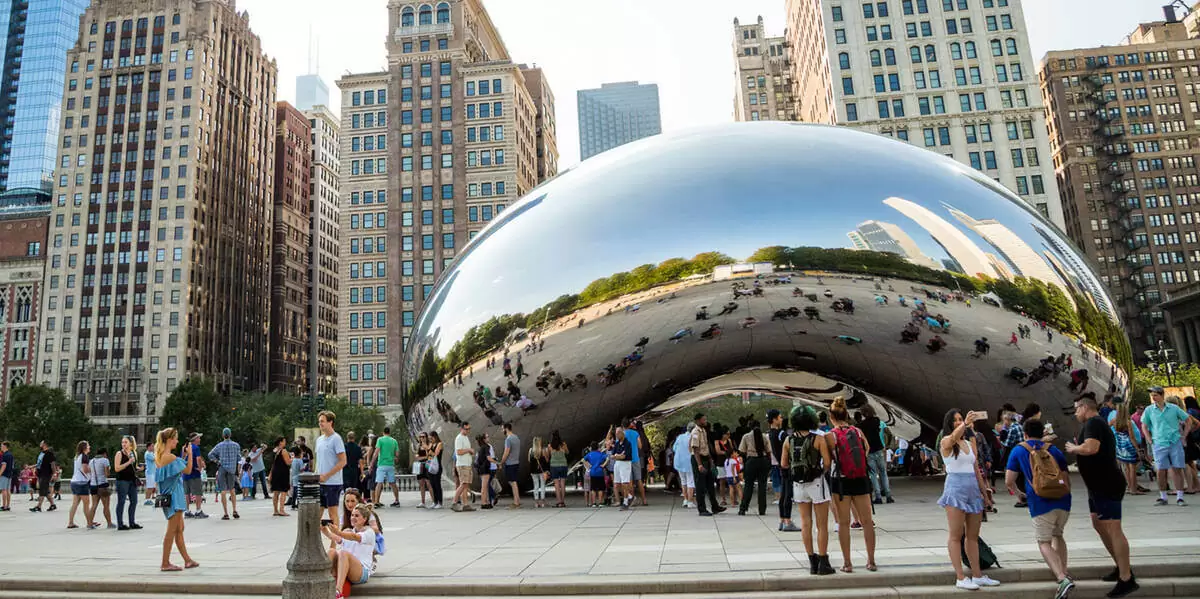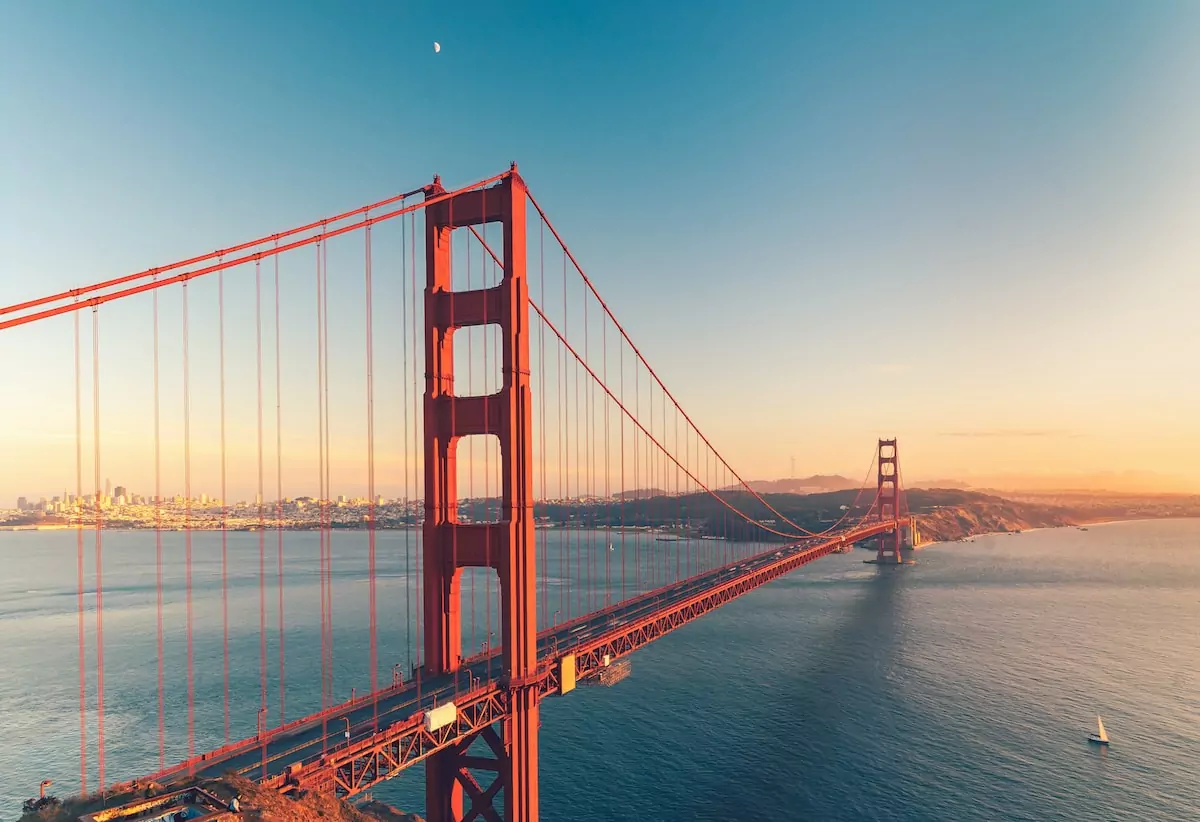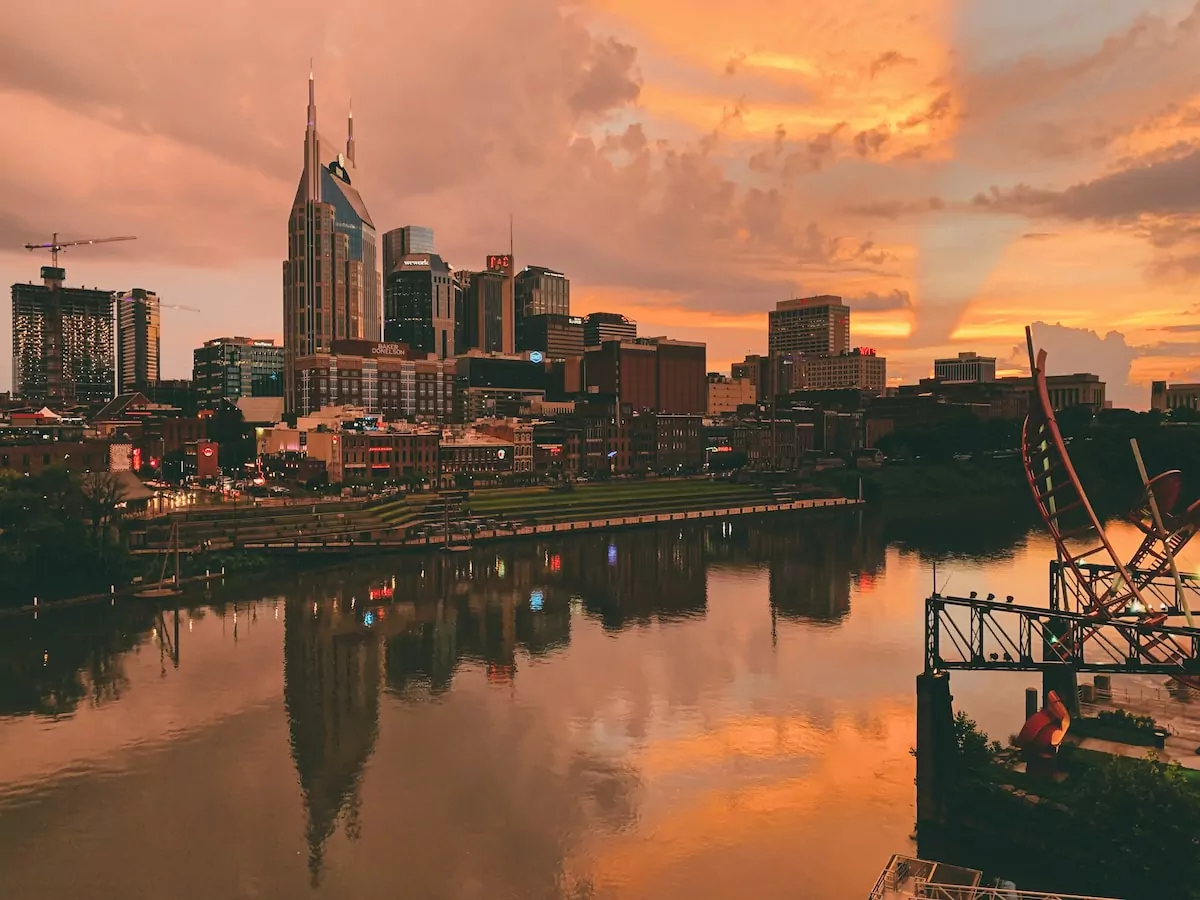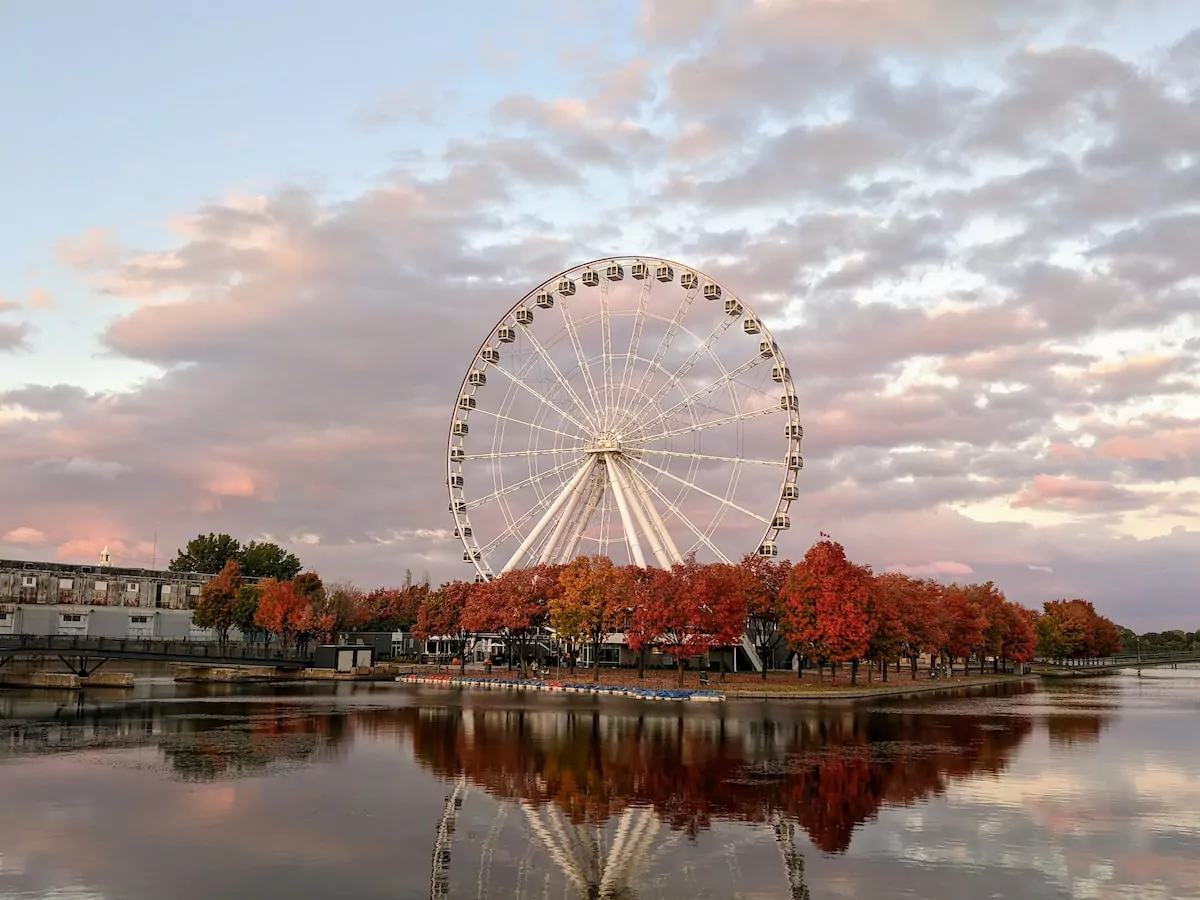The Windy City is home to many things: deep dish pizza, the Cubs, and of course, the Chicago Bean. But what many don’t know is the history behind this iconic sculpture.
The Bean, formally known as Cloud Gate, was designed by Anish Kapoor and completed in 2006. It’s made up of 168 stainless steel plates welded together and polished to a mirror finish. The sculpture weighs 110 tons and is 82 feet long.
Kapoor was inspired by liquid mercury when he designed the Bean. He wanted to create a “gateway” that would reflect Chicago’s skyline and the people who pass through it.
Since its completion, the Bean has become one of Chicago’s most popular tourist attractions. Millions of people have had their picture taken with it each year.
Table of Contents
The Fascinating History of the Chicago Bean
In the heart of Chicago sits a big, metal sculpture in the shape of a navy bean. This sculpture, named “The Bean,” is one of the most iconic landmarks in the city.
The Bean has become a symbol of Chicago and is a popular spot for tourists to take photos. But what many people don’t know is that the history of The Bean is just as interesting as its appearance.
At first glance, it may just look like a big metal kidney bean, but this public artwork has a fascinating history.
The Bean was created by British artist Anish Kapoor and installed in Millennium Park in 2006. It quickly became a popular spot for selfies and tourists, but it also has a more serious meaning.
The Original Purpose of the Chicago Bean
The original purpose of the Chicago Bean was to be a part of the city’s contemporary art scene. The sculpture, also known as “The Cloud Gate,” was installed in Millennium Park in 2006.
Designed by British artist Anish Kapoor, the sculpture’s mirrored surface reflects Chicago’s skyline and the park below.
Visitors are able to walk underneath the bean-shaped structure, and it has become one of the most popular selfie spots in the city.
Although it was not originally intended to be a photo opportunity, the Bean has become one of Chicago’s most iconic landmarks.
How the Chicago Bean Became a Global Icon

Photo by Blake Griffin
The Cloud Gate, more commonly known as “The Bean,” is a public sculpture located in Chicago’s Millennium Park. The sculpture was completed in 2006.
Weighing 110 tons and measuring 66 feet long by 33 feet high, The Bean is made up of 168 stainless steel plates welded together. Its surface reflects the city’s skyline and the sky above.
Since its completion, The Bean has become one of Chicago’s most popular tourist attractions, with over 1 million visitors each year.
It has also been featured in numerous films and television shows, including “The Dark Knight Rises” and “Chicago Fire.” In 2014, Time magazine even named it one of the “World’s 100 Greatest Places.
Wrapping Up
In conclusion, the Chicago Bean has become a global icon because of its unique design, its central location in Chicago, and its ability to reflect the city’s skyline.
The Bean is a symbol of Chicago’s pride and resilience, and it continues to bring people from all over the world together.
FAQs About Chicago Bean
What is the story behind The Bean?
Inspiration: Cloud Gate, nicknamed "The Bean," was inspired by liquid mercury. Its surface reflects and distorts Chicago's skyline, allowing visitors to experience unique reflections and visual effects. The underside of the sculpture features a concave chamber called the "omphalos" (Greek for "navel"), which multiplies and warps reflections. Construction and Artist: Created by Indian-born British artist Anish Kapoor, Cloud Gate was constructed between 2004 and 2006. The sculpture is made of 168 stainless steel plates welded together, with a highly polished exterior that has no visible seams.
Who named The Bean?
The sculpture was unofficially nicknamed "The Bean" by the public and media outlets due to its shape. Initially, Anish Kapoor, the artist, described the nickname as "completely stupid" but eventually grew fond of it and accepted it. Kapoor officially named the piece Cloud Gate, but "The Bean" remains its popular nickname.
Why is there a fence around The Bean?
Construction and Maintenance: In 2023, the City of Chicago's Department of Cultural Affairs and Special Events announced that construction would begin around Grainger Plaza, which surrounds Cloud Gate. The construction aimed to replace pavers, make repairs, and accessibility upgrades to the plaza, enhancing the park's appearance and visitor experience. This construction, scheduled from August 2023 through Spring 2024, necessitated limiting access and views of Cloud Gate, resulting in the placement of a fence around it.
What happened to The Bean in Chicago?
Vandalism Incident: The Bean was vandalized, with seven people arrested and charged for the act. The sculpture was spray-painted with graffiti. This incident highlighted the iconic status of The Bean in Chicago and the importance of preserving public artworks. These events and details contribute to the cultural and historical significance of the Chicago Bean, making it not just an art piece but a landmark entwined with the city's identity and public interactions.





